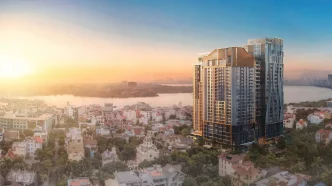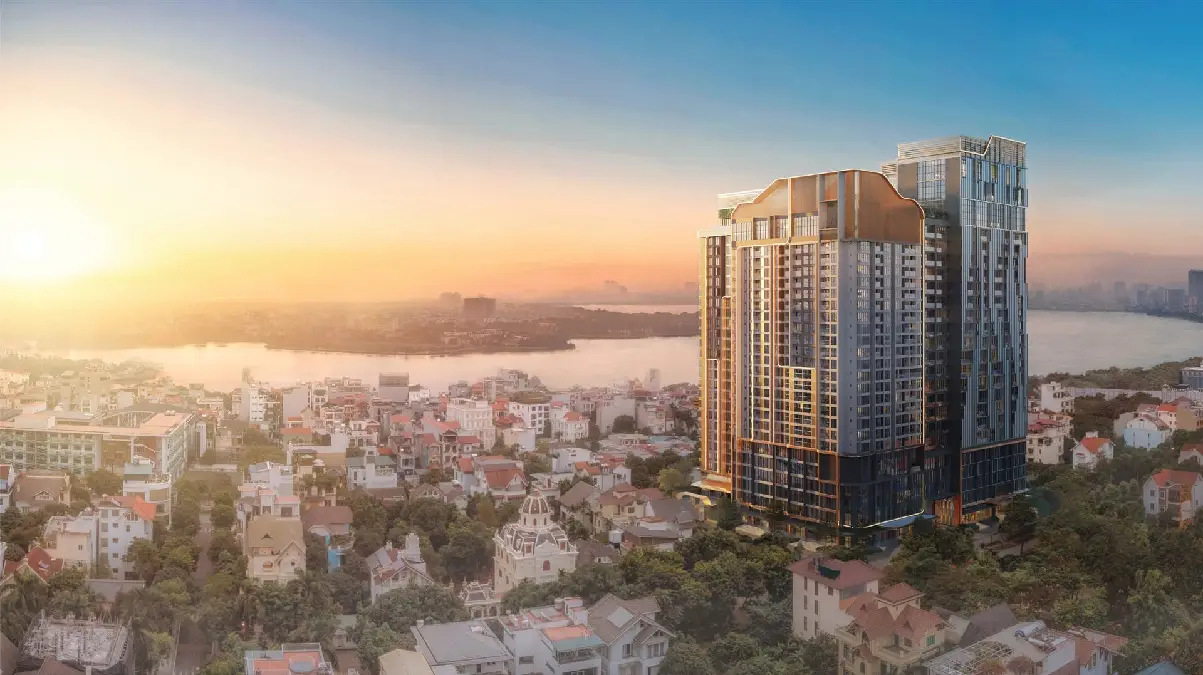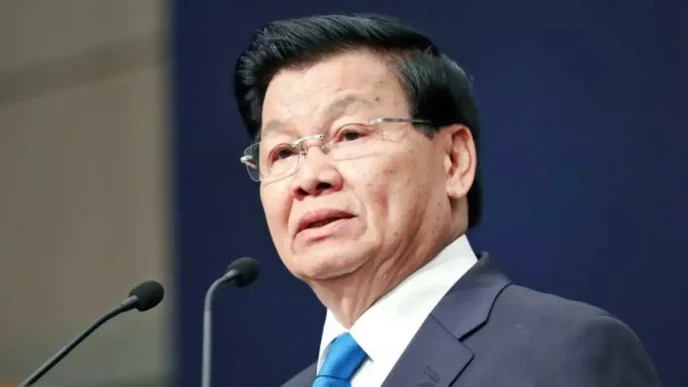In 2025, Hanoi’s dynamic blend of culture and commerce fuels a robust condo market, with 22.3% price growth, 5–7% rental yields, and $9 billion in infrastructure driving demand. With 12 million tourists and a $5 billion condo sector, Hanoi outperforms Vietnam’s 10–15% property growth average. Yet, foreign ownership caps and rising costs demand strategic planning.
The Market’s Momentum
Hanoi’s economy thrives on government, tech, and tourism, with 12 million visitors projected for 2025. Condos in districts like Ba Dinh and Cau Giay, priced at $120,000–$150,000 (50–60 sqm), yield 5–7%, driven by 45% Airbnb occupancy and $80–$120 daily rates. Mid-tier condos in Dong Anh rose 5% to $130,000, while high-end units in Hoan Kiem hit $250,000. Q1 2025 saw 4,300 units sold, valued at ~$600 million (24,000 VND = 1 USD). A 10% unsold inventory rate signals strong absorption but hints at oversupply risks in suburban areas.
“Hanoi’s condo market is a goldmine for patient investors,” says Nguyen Van Minh, a Hanoi-based real estate consultant with 15 years of experience. “Its growth in 2025 blends stability with opportunity, especially near metro lines.”
| Metric | Value |
|---|---|
| Median Condo Sale Price | VND 4.8 billion (~$200,000 USD) |
| Median Luxury Condo Sale Price | VND 12 billion (~$500,000 USD) |
| Median House Sale Price | VND 14.4 billion (~$600,000 USD) |
| Median Luxury Villa Sale Price | VND 36 billion (~$1,500,000 USD) |
| Tourist Visitors (2025 Projection) | 5.8 million |
| Unsold Condo Inventory | 7% |
| Annual Price Growth | 8–10% |
Infrastructure Fueling Growth
Vietnam’s $9 billion investment in Hanoi’s 2025 infrastructure enhances its condo appeal. Hanoi Metro Line 2 (Nam Thang Long–Tran Hung Dao), costing $2.5 billion, and Line 3 ($1.2 billion) will connect Ba Dinh to Hoan Kiem, lifting property values by 5–10%. Noi Bai Airport’s $1.5 billion expansion targets 50 million passengers by 2030, boosting rental demand in Dong Anh. Ring Road 4 ($3 billion) improves suburban access, though high-rise restrictions spark local debate.
Hanoi Infrastructure Spending (2025) – $9.00 B USD)
Investment Dynamics
From 2020 to 2025, $1 billion flowed into Hanoi’s condo sector: 70% ($0.7 billion) for residential, 20% ($0.2 billion) for mixed-use, and 10% ($0.1 billion) for commercial. Foreign buyers, mainly Chinese and Koreans, drove 30% of 2023 purchases, targeting projects like Vinhomes Ocean Park. The chart below tracks condo prices, foreign buyer share, and price/sqm.
Condo Prices in Hanoi (2024–2025 & Max)
Luxury Condo Prices in Hanoi (2024–2025 & Max)
House Prices in Hanoi (2024–2025 & Max)
Luxury Villa Prices in Hanoi (2024–2025 & Max)
Why Hanoi Stands Out
Hanoi’s condo yields (5–7%) and growth (22.3%) surpass Vietnam’s 10–15% average, with cash deals shielding investors from rate hikes. Foreign buyers, limited to 30% of units, focus on projects like CapitaLand’s Heritage West Lake, drawn by Hanoi’s cultural and economic vibrancy.
Navigating Challenges and How to Ride the Wave
Hanoi’s market shines, but a 10% unsold inventory risks price softening if demand slows. New zoning laws capping high-rises may limit supply, boosting projects like Vinhomes Ocean Park. Investors should target Ba Dinh and Cau Giay, where metro access drives growth, and engage local agents to navigate ownership laws.
Hanoi’s $5 billion condo market, backed by $9 billion in infrastructure, is a cornerstone of Vietnam’s $30 billion real estate sector in 2025. “Prioritize metro-adjacent projects for long-term gains,” advises Minh.
Disclaimer: Some of the property price data is sourced from various international real estate business 2025 property reports. Although we have undertaken detailed analysis, prices are estimates and may vary by project. Always consult a legal advisor before investing and partner with a reputable real estate agent or agency.
















